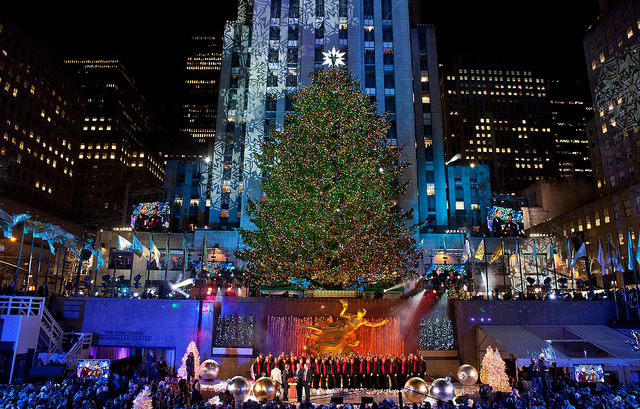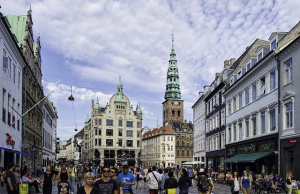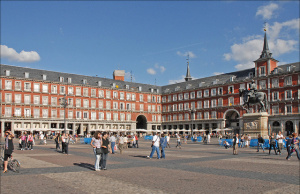How To Stay Active While Traveling
Maintaining a daily fitness routine is hard enough at home base. Yes, you can make your own meals, go to the gym, go for a run and set a regular workout schedule. How to stay active while traveling? While that’s a whole other ball game…
Traveling throws your fitness regime out the window.
As much as I love not knowing where I’ll go next, what experiences are coming my way, trying new foods and being totally open to, well, the open road, I always get frustrated by my lack of ability to maintain some sort of fitness regime. And that really hurts when you’re traveling in summer on the coast of great beaches such as those in Greece or Spain.
Suddenly there is no gym you can go to, no familiar running path to take, probably no awareness of what you’re eating and definitely a change in sleep patterns.
So, the question remains: how to maintain some sort of fitness routine while on the road?
Stay Active While Traveling Tip #1: Set A Goal
Personally, I think the most important factor in staying fit for your trip, whether it is just a week or months at a time is to set a reasonable goal for yourself. I try to workout at least 30 minutes per day, five days per week. That is probably not realistic while traveling.
So instead, set a goal for yourself that can be accomplished relatively quickly, without any gym equipment in a small space. Check out some of these 20 minute, equipment optional whole body workouts from Buzzfeed.
If these still seem too much for you, be realistic. Can you do 100 sit-ups and 30 push-ups per day? Probably. Find what works for you and stick to it. Also keep in mind that you can find many video workouts online.
Stay Active While Traveling Tip #2: Walk… A Lot
Generally, when I travel I spend a lot of time walking around the new city exploring compared to the typical amount of walking I do during a normal day not traveling. Also remember that biking through a city or other destination is a great and inexpensive way to see a lot in a short amount of time. This is a great thing if maintaining your fitness is important to you during your travels.
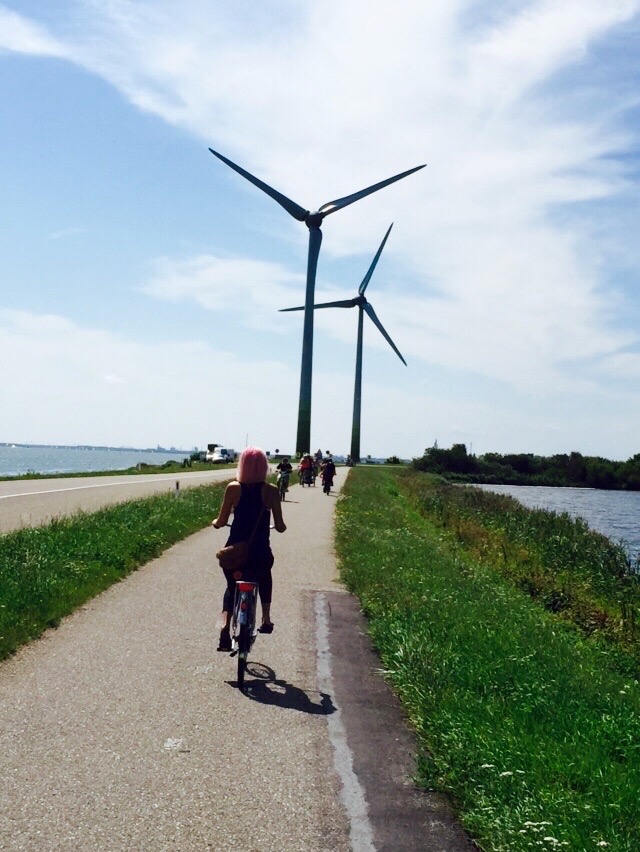
Also, don’t be afraid to try day trips to places outside of the city, especially if there will be a little hiking involved. One of my favorite trips was to the Calanques National Park in Southern France (outside of Marseille). We had to walk 3 km up and down a huge hill in 30-plus degree summer heat in order to get to the beach, but definitely worth it!
Stay Active While Traveling Tip #3: Be Aware Of What You’re Eating, But Don’t Forget To Enjoy
I’m the kind of traveler who gets most excited to eat new things. I plan a day around which places I want to try food at, rather than what sites I want to see (not great for a fitness regime).
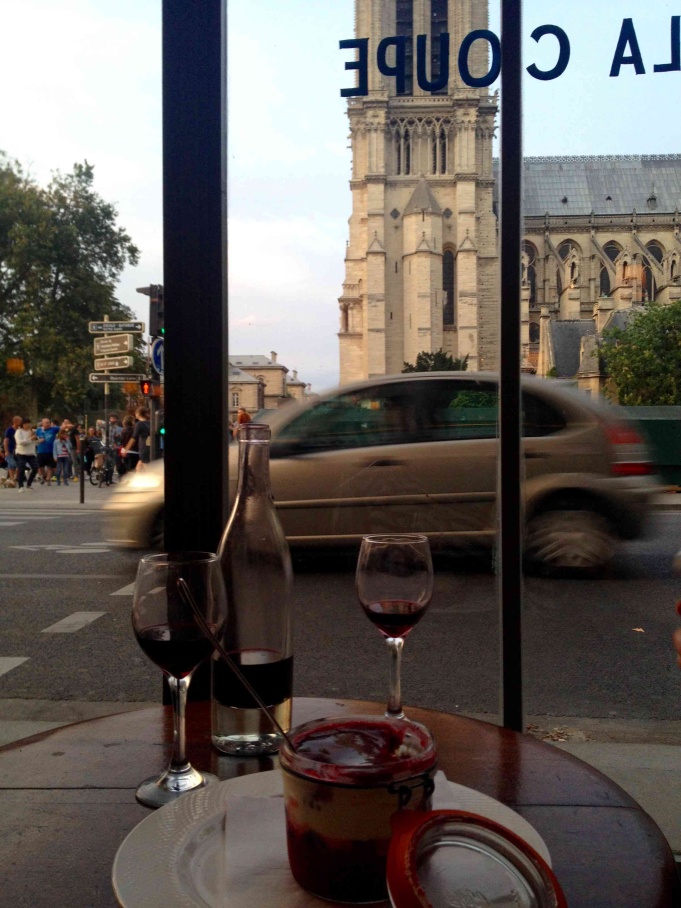
On my next trip, I would like to be a little more aware of maintaining some sort of healthy diet while traveling. Instead of just eating whatever at every meal, maybe save it for once per day and the rest of the time choose something more typical to what you would eat normally at home. Plus, a lot of the best food to try is the fresh, seasonal fruits and veggies you can’t get in your home country!
Stay Active While Traveling Tip #4: Plan Active Trips
Some of the best sites that Europe has to offer are part of an active trip. Go skiing in the Alps, hike through the Sierra Nevada Mountains, go surfing in Greece. Take advantage of all the natural gifts!
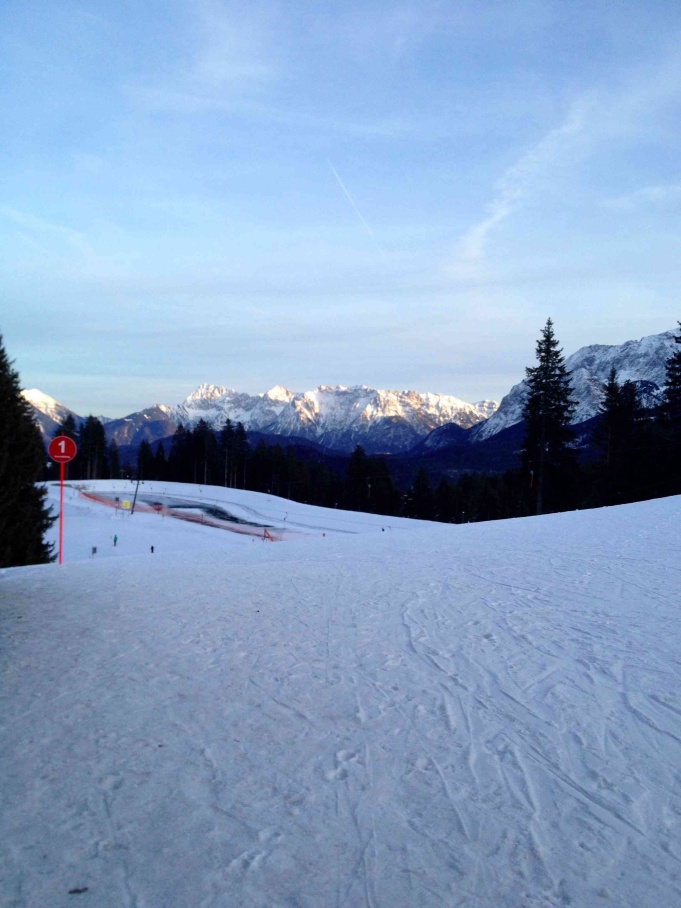
What other tips do you have for the active traveler?
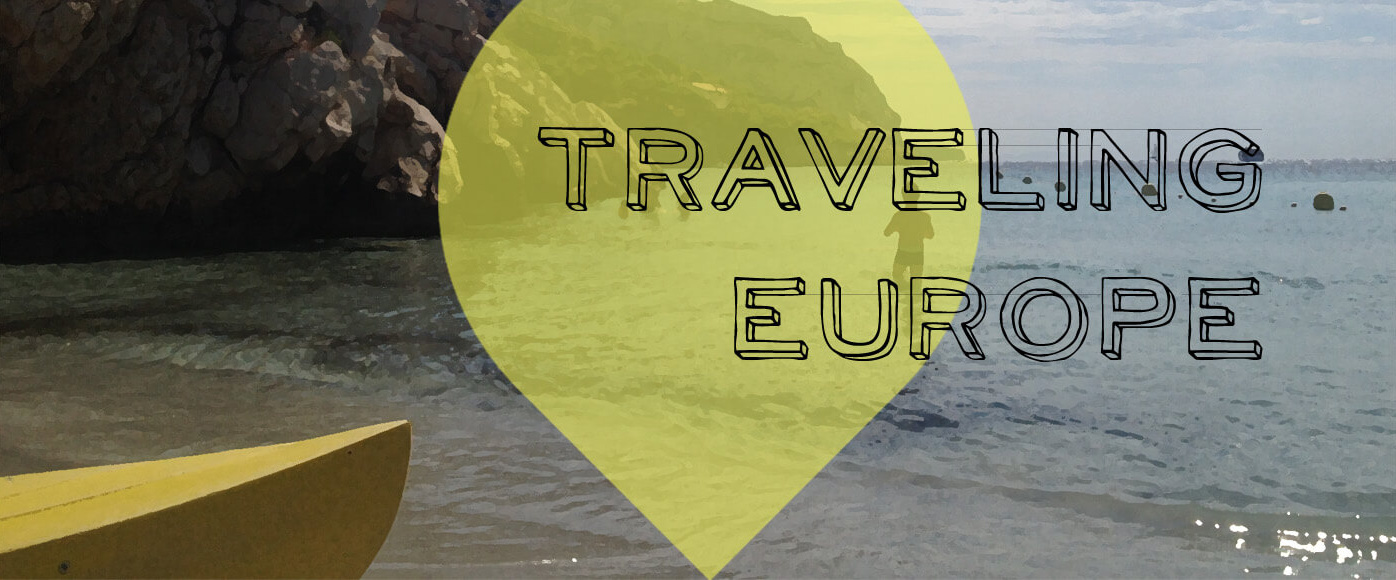

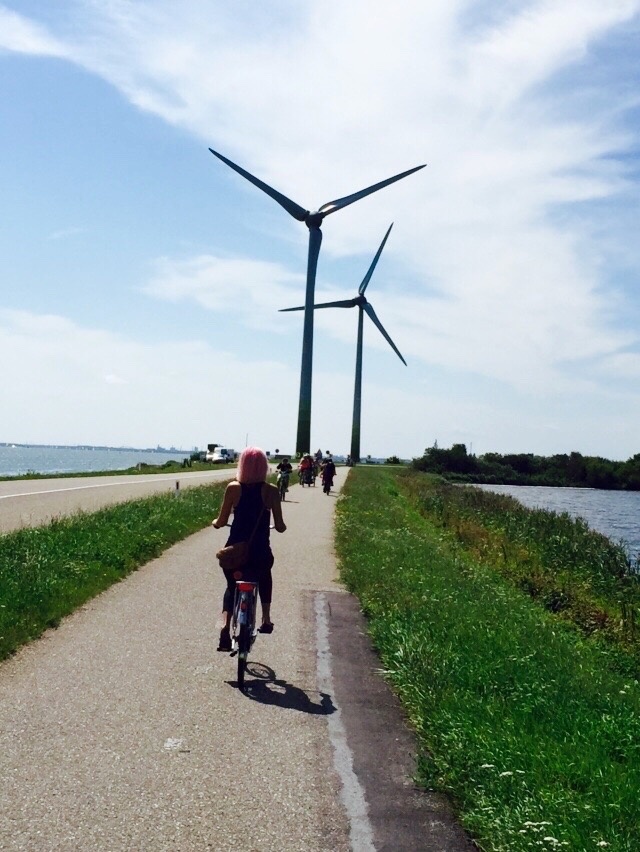
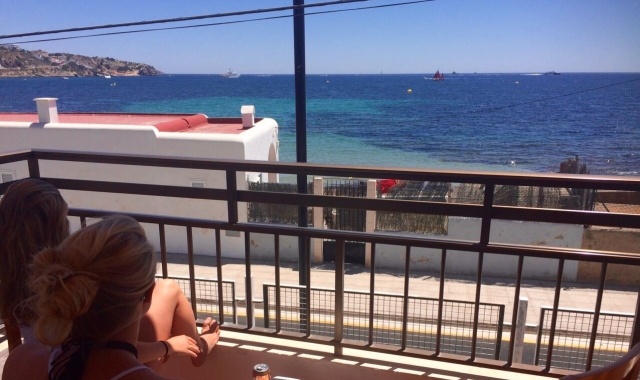
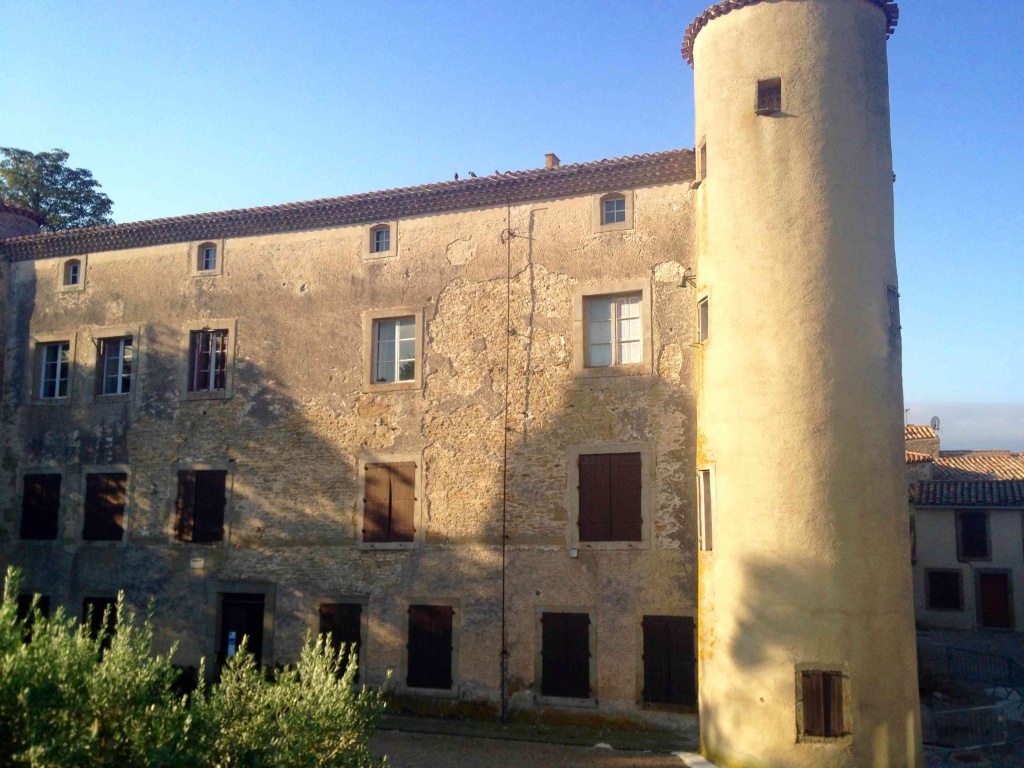
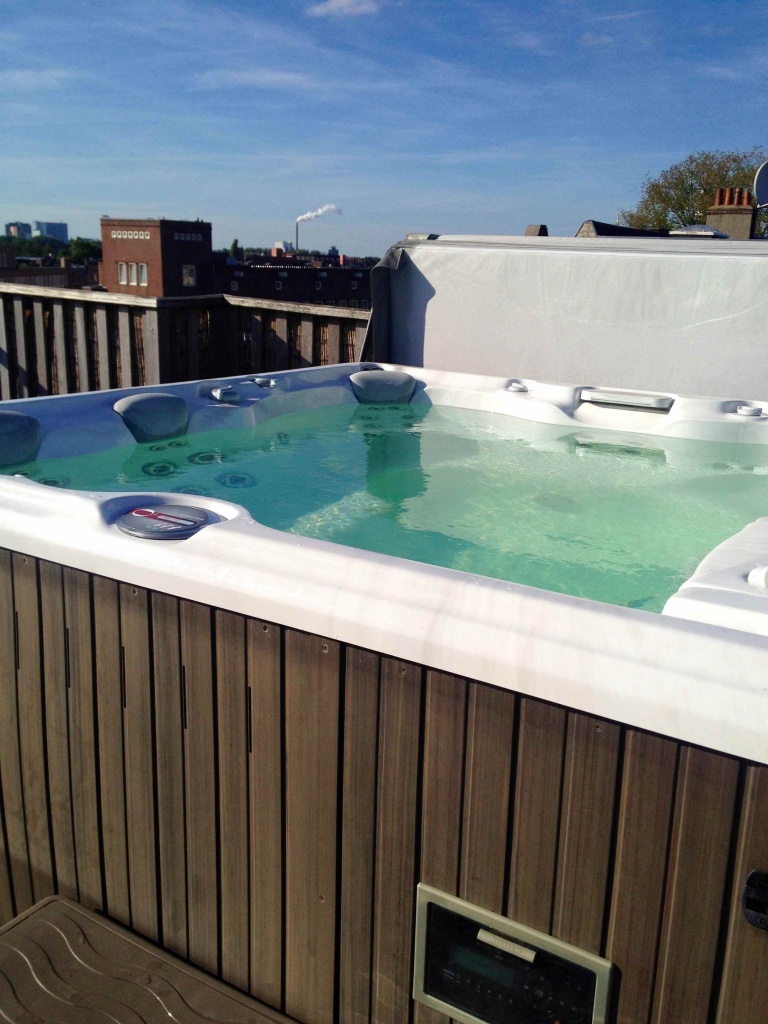


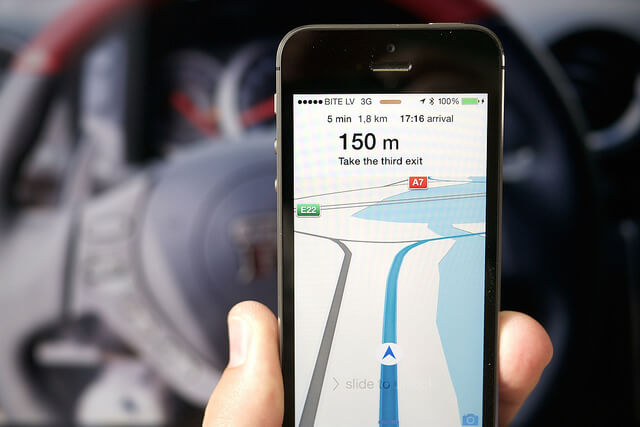






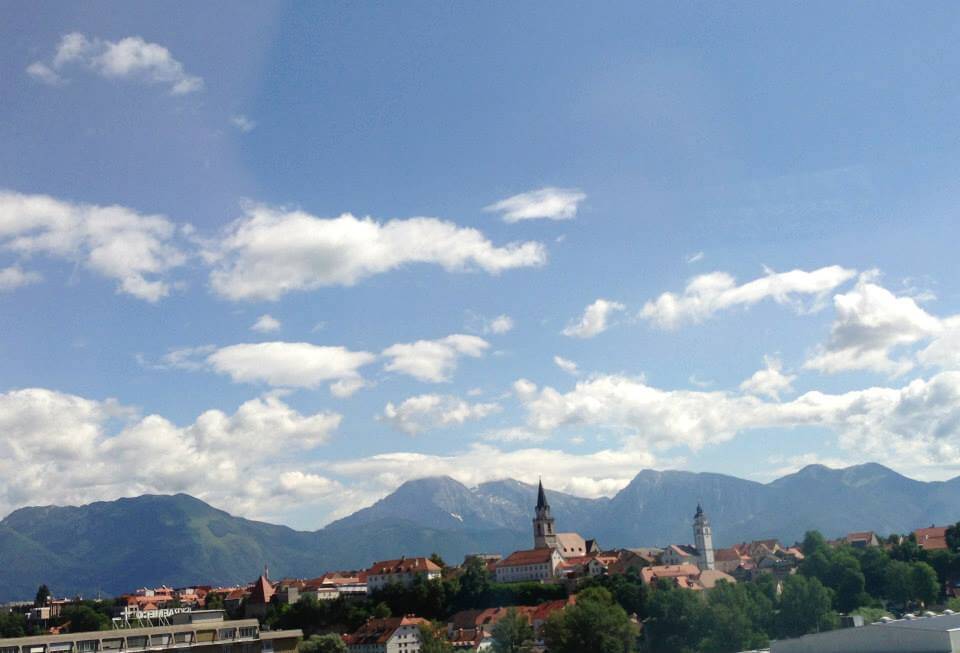


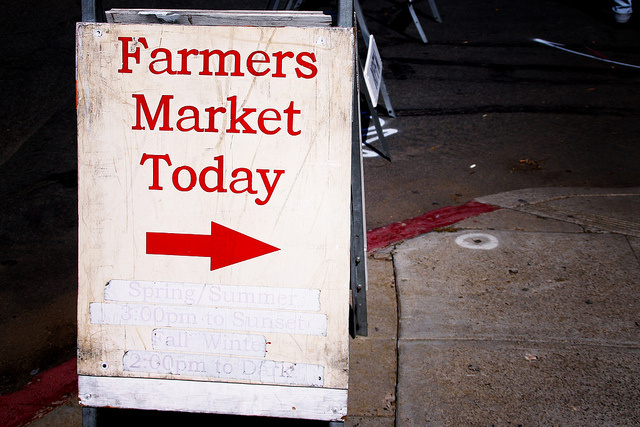
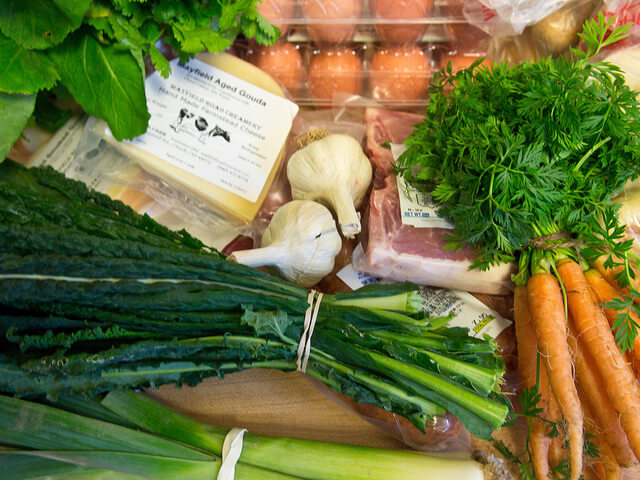
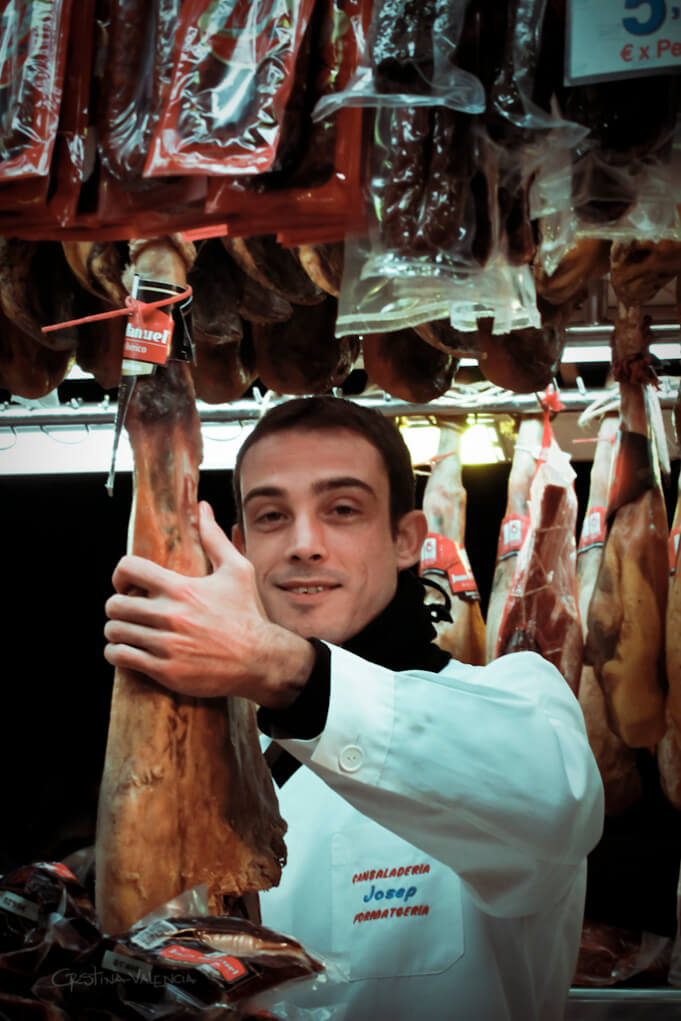

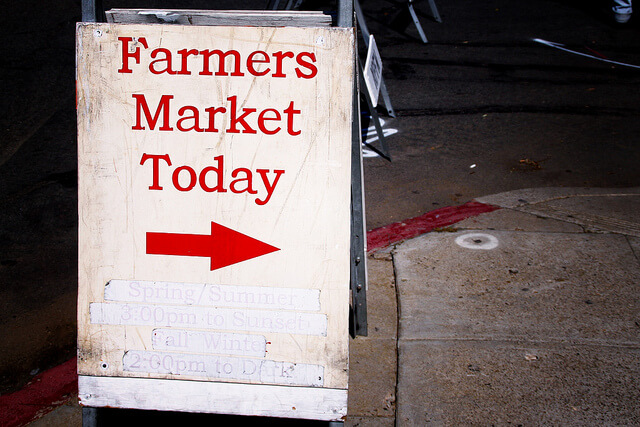
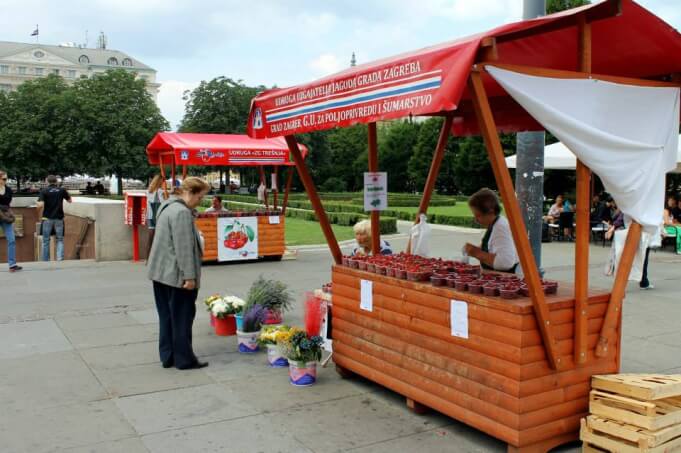

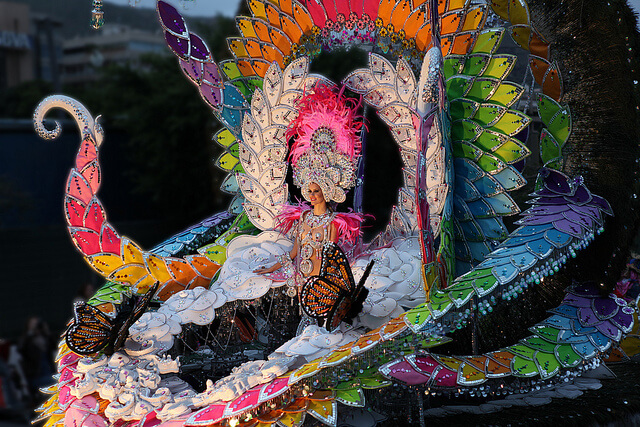

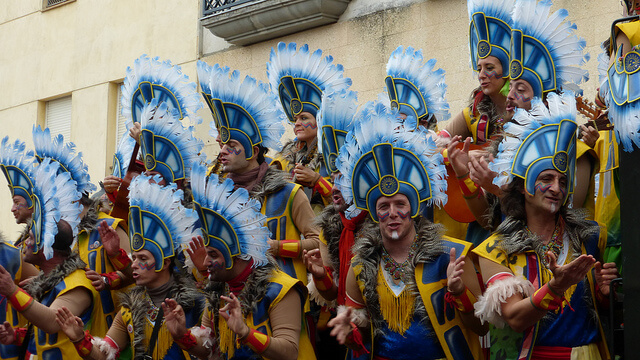





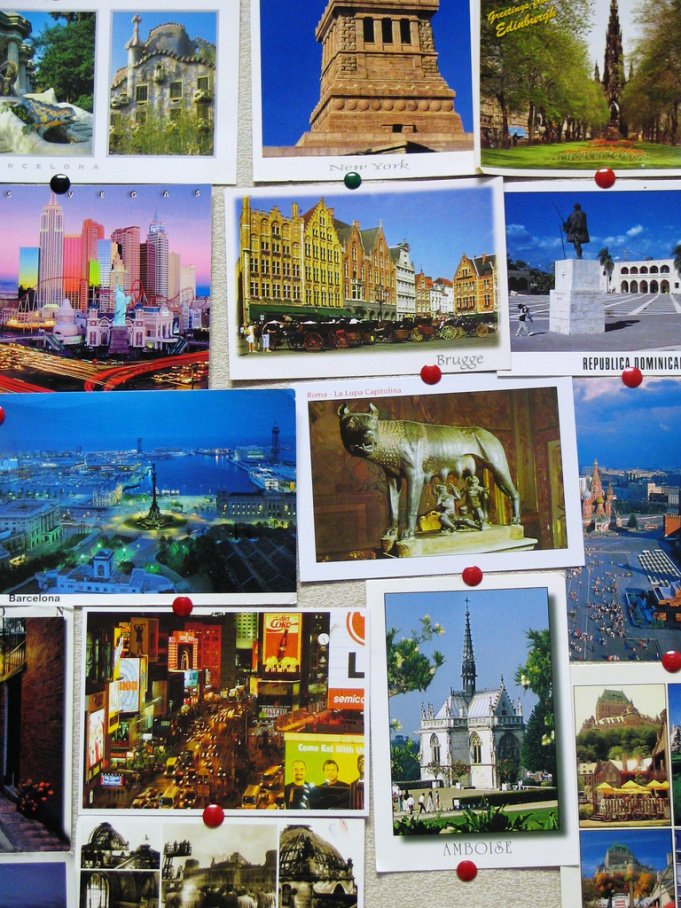
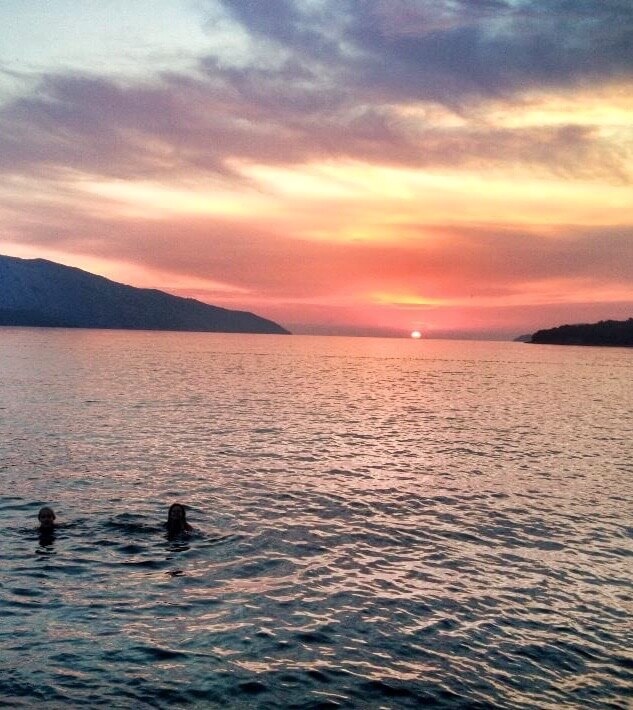
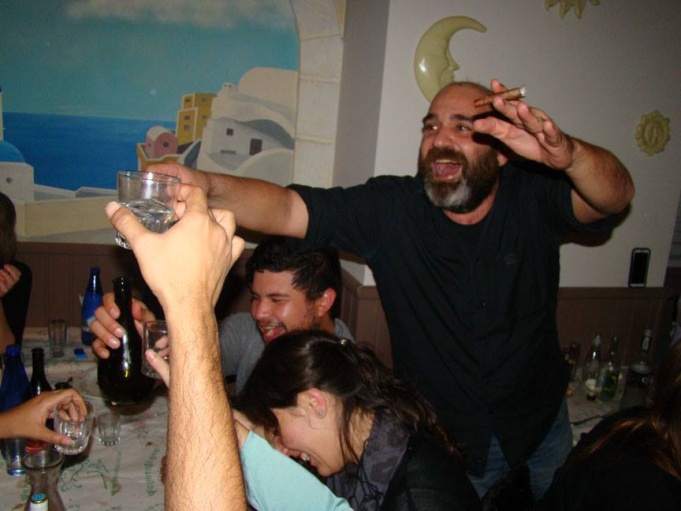

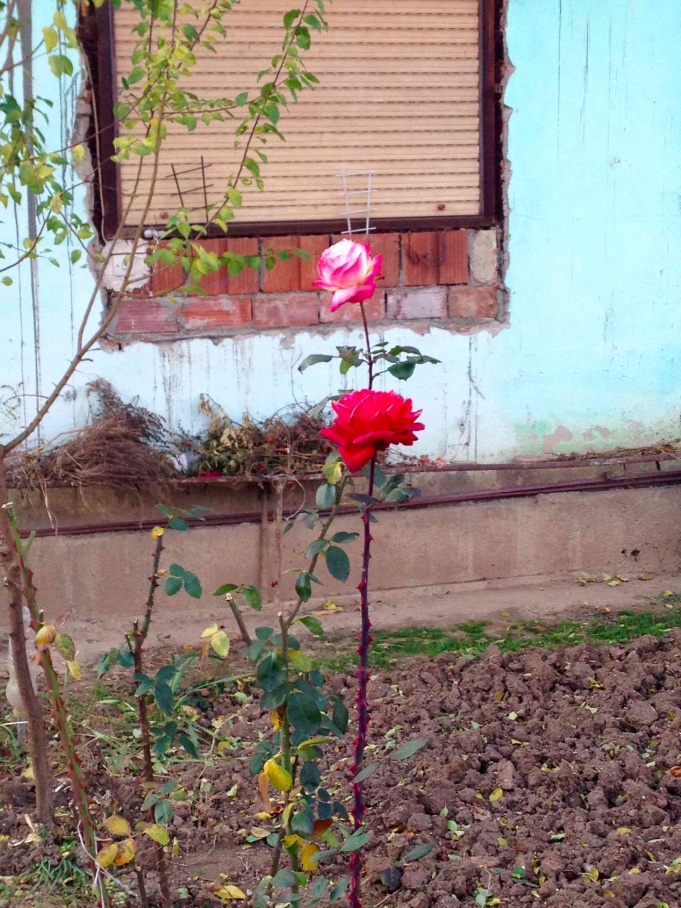
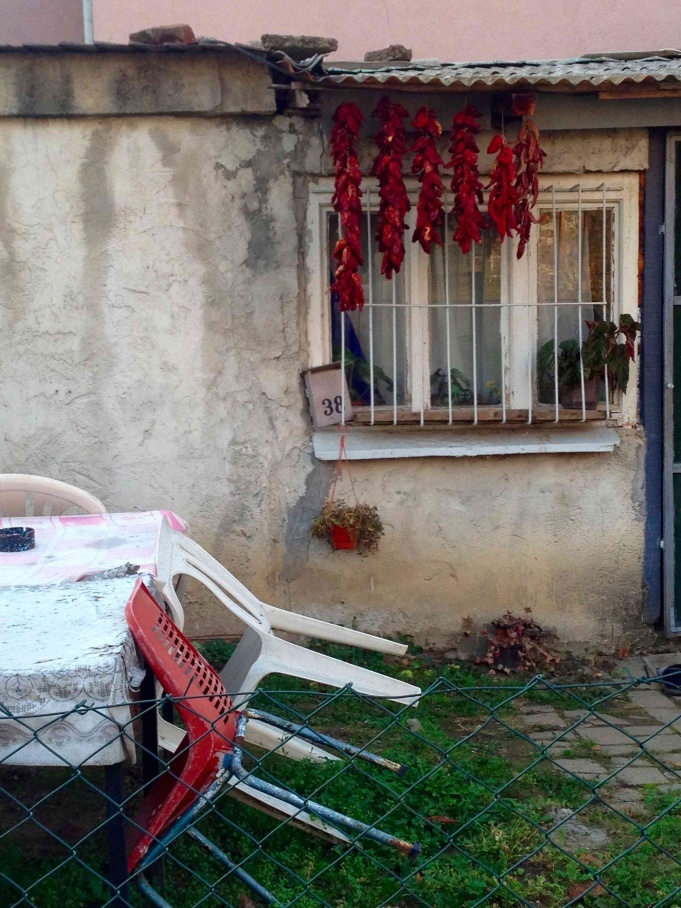
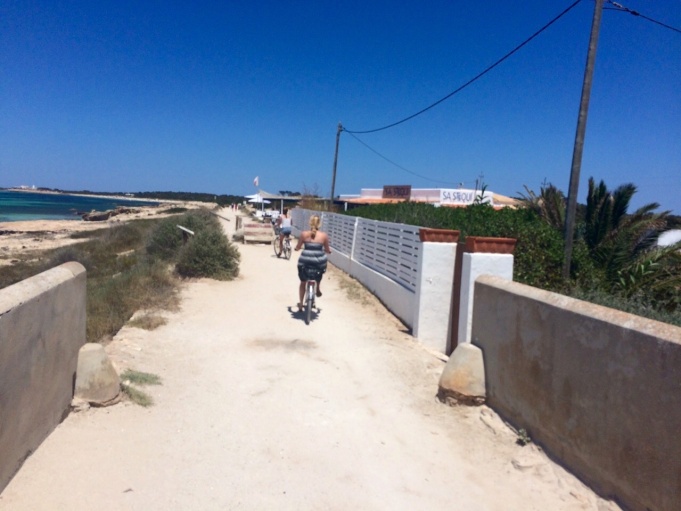
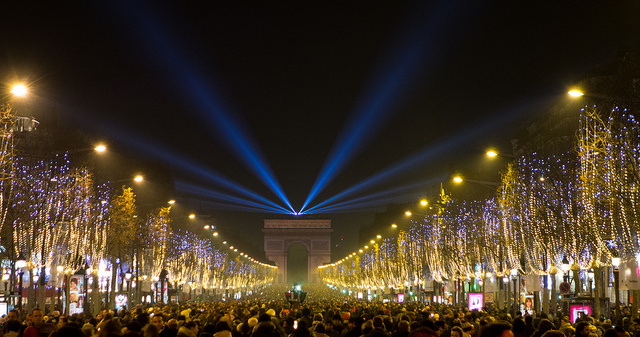
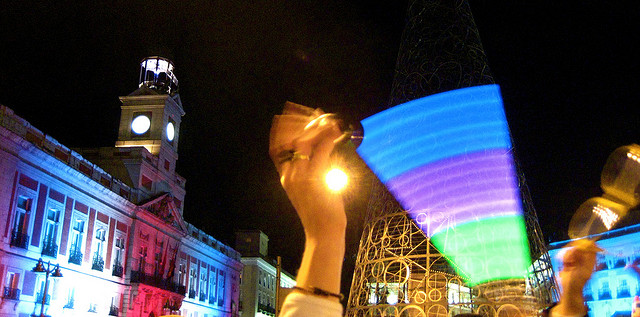
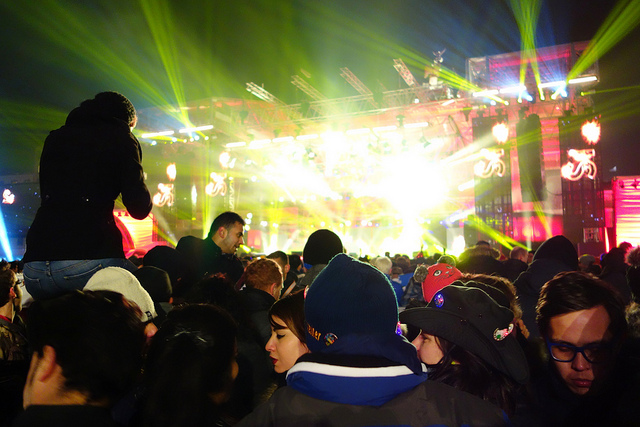
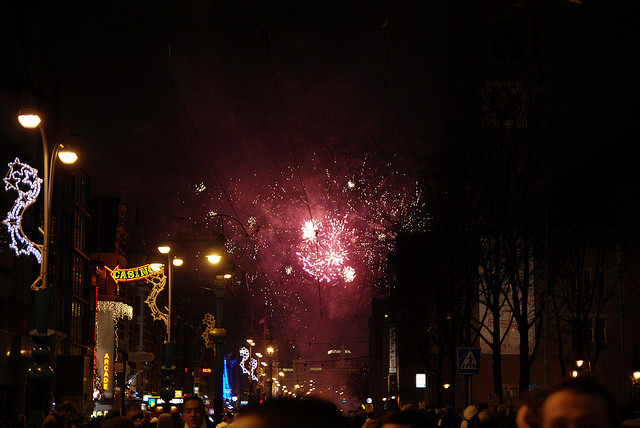
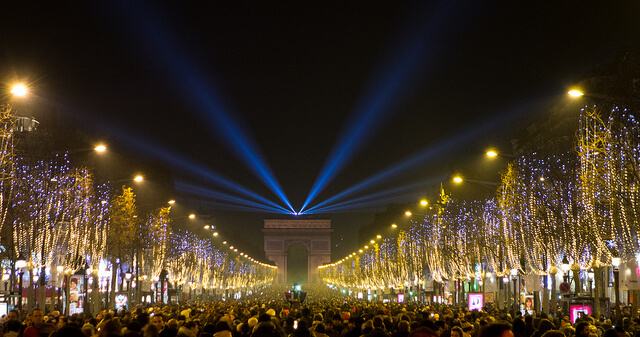




![Queen Victoria and Prince Albert around their Christmas tree. By Godey's Lady's Book [Public domain], via Wikimedia Commons](https://travelingeurope.biz//wp-content/uploads/2015/12/Victoria_and_Albert_Christmas_tree-300x442.jpg)

![Christmas tree today. By DR04 (Own work) [CC BY 3.0 (http://creativecommons.org/licenses/by/3.0)], via Wikimedia Commons](https://travelingeurope.biz//wp-content/uploads/2015/12/christmas-tree-in-the-u.s.-681x1018.jpg)
